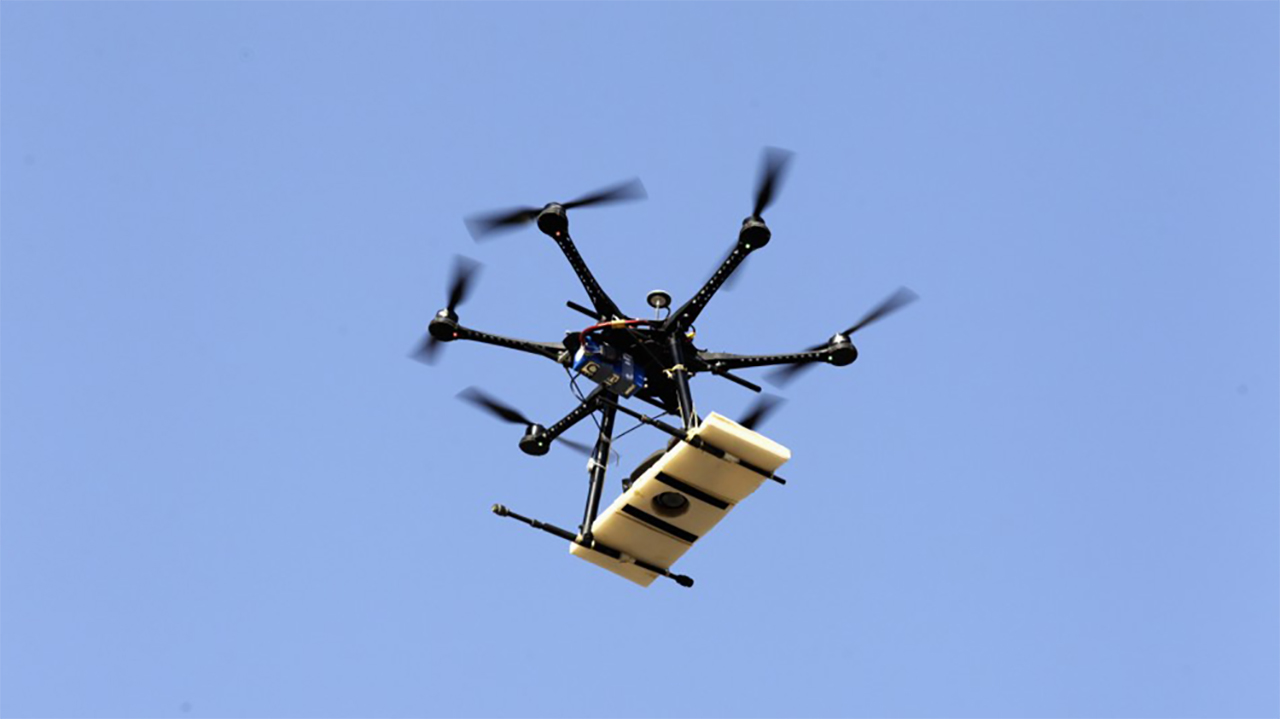The endless War On Drugs has a new problem on it’s hands. Drones that fly themselves. On Wednesday, a drone carrying six kilos of crystal meth crashed in Tijuana, which is far from being the first time such a thing has occurred. But what authorities are finding to be more and more common is the use of GPS systems to set a flight path and walk away, leaving investigators with no evidence of where the drone came from or who launched it.
According to Motherboard:
“The type of drone flown is one that can be directed using a GPS system to detect and go to the destination autonomously, and they can attach different objects to it to drop off,” the Tijuana police wrote in a Facebook post. “This was an attempt to send [the drugs] from one part of the city to another or to another city along the border.”
The police call this technique the use of “blind mules,” because they can be automatically set, and then whoever is flying it can basically leave, undetected. The type of drone used, a DJI Spreading Wings 900, is popular with professional photographers and costs $1,400. It doesn’t come with an autopilot GPS system, but a separate one can be installed on it, as it was in this case.
What is now becoming a serious debate among lawmakers is whether flight data for drones should be encrypted. The argument for not encrypting data is that it would make room for the ability to download a drones flight path and possibly find where the drone came from as well as where it was going. On the other hand, those in favor of encryption worry that without it, a drone’s flight path could be hacked, leading to the kind of hypothetical scenario in which an army of hijacked drones fly into a commercial airliners flight path.
This situation leaves authorities with few easy choices. The tension between the War On Drugs and the War On Terror, coupled with illegal robot immigration is enough to make any fear-mongering politicians head explode.
(Photo: TechnoMexico)



